Deepfakes: Impact, Risks, and Opportunities in the Digital Age
Introduction
In recent years, deepfake technology has gained notoriety for its ability to create incredibly realistic videos and audio that can deceive even the most attentive observers. Deepfakes use advanced artificial intelligence to superimpose faces and voices onto videos in a way that appears authentic. While fascinating, this technology also raises serious concerns about its potential for misuse. From creating artistic content to spreading misinformation and committing fraud, deepfakes are changing how we perceive digital reality.
Definition and Origin of Deepfakes
The term `deepfake´ combines `deep learning´ and `fake´. It emerged in 2017 when a Reddit user with the pseudonym `deepfakes´ began posting manipulated videos using artificial intelligence techniques. The first viral deepfakes included explicit videos where the faces of Hollywood actresses were replaced with images of other people. This sparked a wave of interest and concern about the capabilities and potential of this technology. Since then, deepfakes have evolved rapidly thanks to advances in deep learning and Generative Adversarial Networks (GANs). These technologies allow the creation of images and videos that are increasingly difficult to distinguish from real ones. As technology has advanced, so has its accessibility, enabling even people without deep technical knowledge to create deepfakes.
How Deepfakes Work
The creation of deepfakes relies on advanced artificial intelligence techniques, primarily using deep learning algorithms and Generative Adversarial Networks (GANs). Here’s a simplified explanation of the process:
Deep Learning and Neural Networks: Deepfakes are based on deep learning, a branch of artificial intelligence that uses artificial neural networks inspired by the human brain. These networks can learn and solve complex problems from large amounts of data. In the case of deepfakes, these networks are trained to manipulate faces in videos and images.
Variational Autoencoders (VAE): A commonly used technique in creating deepfakes is the Variational Autoencoder (VAE). VAEs are neural networks that encode and compress input data, such as faces, into a lower-dimensional latent space. They can then reconstruct this data from the latent representation, generating new images based on the learned features.
Generative Adversarial Networks (GANs): To achieve greater realism, deepfakes use Generative Adversarial Networks (GANs). GANs consist of two neural networks: a generator and a discriminator. The generator creates fake images from the latent representation while the discriminator evaluates the authenticity of these images. The generator's goal is to create realistic images that the discriminator cannot distinguish them from real ones. This competitive process between the two networks continuously improves the quality of the generated images.
Applications of Deepfakes
Deepfakes have a wide range of applications that can be both positive and negative.
Entertainment: In film and television, deepfakes rejuvenate actors, bring deceased characters back to life, or even double for dangerous scenes. A notable example is the recreation of young Princess Leia in `Rogue One: A Star Wars Story´ by superimposing Carrie Fisher's face onto another actress.
Education and Art: Deepfakes can be valuable tools for creating interactive educational content, allowing historical figures to come to life and narrate past events. In art, innovative works can be made by merging styles and techniques.
Marketing and Advertising: Companies can use deepfakes to personalise ads and content, increasing audience engagement. Imagine receiving an advert where the protagonist is a digital version of yourself.
Medicine: In the medical field, deepfakes can create simulations of medical procedures for educational purposes, helping students visualise and practise surgical techniques.
Risks and Issues Associated with Deepfakes
Despite their positive applications, deepfakes also present significant risks. One of the most serious problems is their potential for malicious use.
Misinformation and Fake News: Deepfakes can be used to create fake videos of public figures, spreading incorrect or manipulated information. This can influence public opinion, affect elections, and cause social chaos.
Identity Theft and Privacy Violation: Deepfakes can be used to create non-consensual pornography, impersonate individuals on social media, or commit financial fraud. These uses can cause emotional and economic harm to the victims.
Undermining Trust in Digital Content: As deepfakes become more realistic, it becomes harder to distinguish between real and fake content. This can erode trust in digital media and visual evidence.
Types of Deepfakes
Deepfakes can be classified into two main categories: deepfaces and deepvoices.
Deepfaces: This category focuses on altering or replacing faces in images and videos. It uses artificial intelligence techniques to analyse and replicate a person's facial features. Deepfaces are commonly used in film for special effects and in viral videos for entertainment.
Deepvoices: Deepvoices concentrate on manipulating or synthesizing a person's voice. They use AI models to learn a voice's unique characteristics and generate audio that sounds like that person. This can be used for dubbing in films, creating virtual assistants with specific voices, or even recreating the voices of deceased individuals in commemorative projects.
Both types of deepfakes have legitimate and useful applications but also present significant risks if used maliciously. People must be aware of these technologies and learn to discern between real and manipulated content.
Detecting Deepfakes
Detecting deepfakes can be challenging, but several strategies and tools can help:
Facial Anomalies: Look for details such as unusual movements, irregular blinking, or changes in facial expressions that do not match the context. Overly smooth or artificial-looking skin can also be a sign.
Eye and Eyebrow Movements: Check if the eyes blink naturally and if the movements of the eyebrows and forehead are consistent. Deepfakes may struggle to replicate these movements realistically.
Skin Texture and Reflections: Examine the texture of the skin and the presence of reflections. Deepfakes often fail to replicate these details accurately, especially in glasses or facial hair.
Lip Synchronisation: The synchronisation between lip movements and audio can be imperfect in deepfakes. Observe if the speech appears natural and if there are mismatches.
Detection Tools: There are specialised tools to detect deepfakes, such as those developed by tech companies and academics. These tools use AI algorithms to analyse videos and determine their authenticity.
Comparison with Original Material: Comparing suspicious content with authentic videos or images of the same person can reveal notable inconsistencies.
Impact on Content Marketing and SEO
Deepfakes have a significant impact on content marketing and SEO, with both positive and negative effects:
Credibility and Reputation: Deepfakes can undermine a brand's credibility if they are used to create fake news or misleading content. Disseminating fake videos that appear authentic can severely affect a company's reputation.
Engagement and Personalisation: Ethically used, deepfakes can enhance user experience and increase engagement. Companies can create personalised multimedia content that better captures the audience's attention.
Brand Protection: Companies can also use deepfakes to detect and combat identity theft. By identifying fake profiles attempting to impersonate the brand, they can take proactive measures to protect their reputation and position in search results.
SEO Optimisation: The creative and legitimate use of deepfakes can enhance multimedia content, making it more appealing and shareable. This can improve dwell time on the site and reduce bounce rates, which are important factors for SEO.
Regulation and Ethics in the Use of Deepfakes
The rapid evolution of deepfakes has sparked a debate about the need for regulations and ethics in their use:
Need for Regulation: Given the potential harm deepfakes can cause, many experts advocate for strict regulations to control their use. Some countries are already developing laws to penalise the creation and distribution of malicious deepfakes.
Initiatives and Efforts: Various organisations and tech companies are developing tools to detect and counteract deepfakes. Initiatives like the Media Authenticity Alliance aim to establish standards and practices for identifying manipulated content.
Ethics in Use: Companies and individuals must use deepfakes ethically, respecting privacy and the rights of others. Deepfakes should be created with the necessary consent and transparency for educational, artistic, or entertainment purposes.
Conclusion
Deepfakes represent a revolutionary technology with the potential to transform multiple industries, from entertainment to education and marketing. However, their ability to create extremely realistic content poses serious risks to privacy, security, and public trust. As technology advances, it is essential to develop and apply effective methods to detect and regulate deepfakes, ensuring they are used responsibly and ethically. With a balanced approach, we can harness the benefits of this innovative technology while mitigating its dangers.
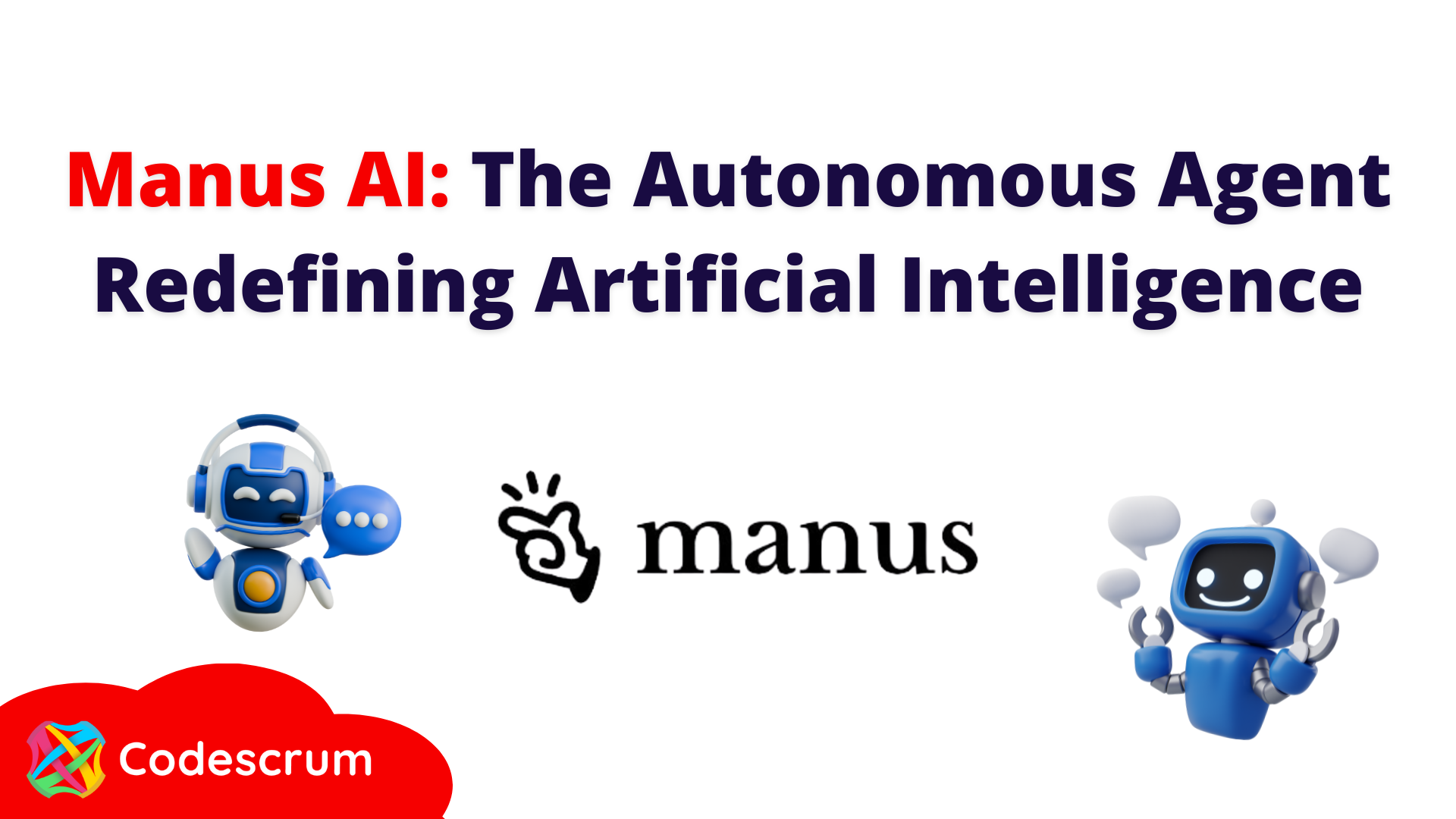
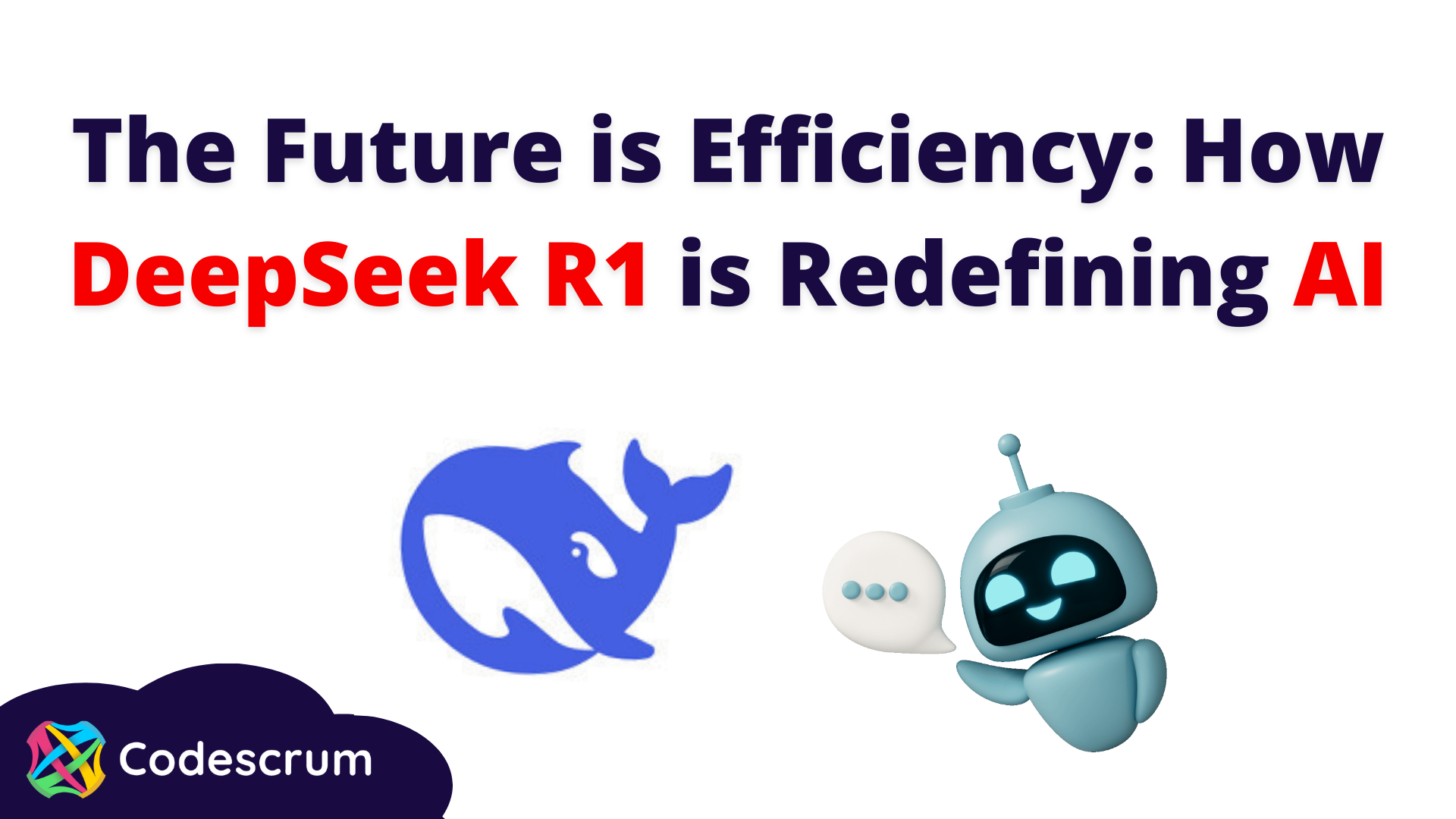


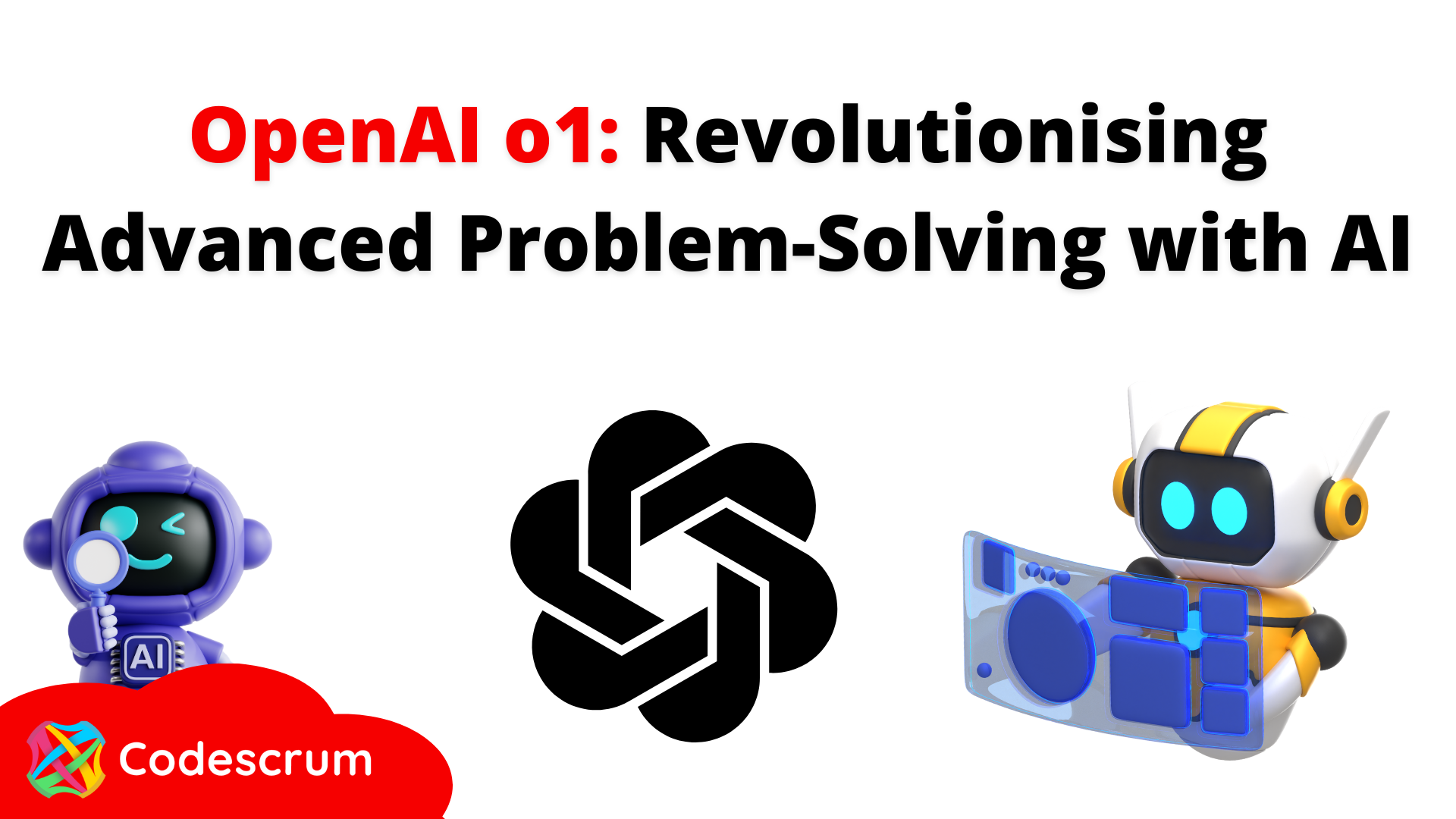
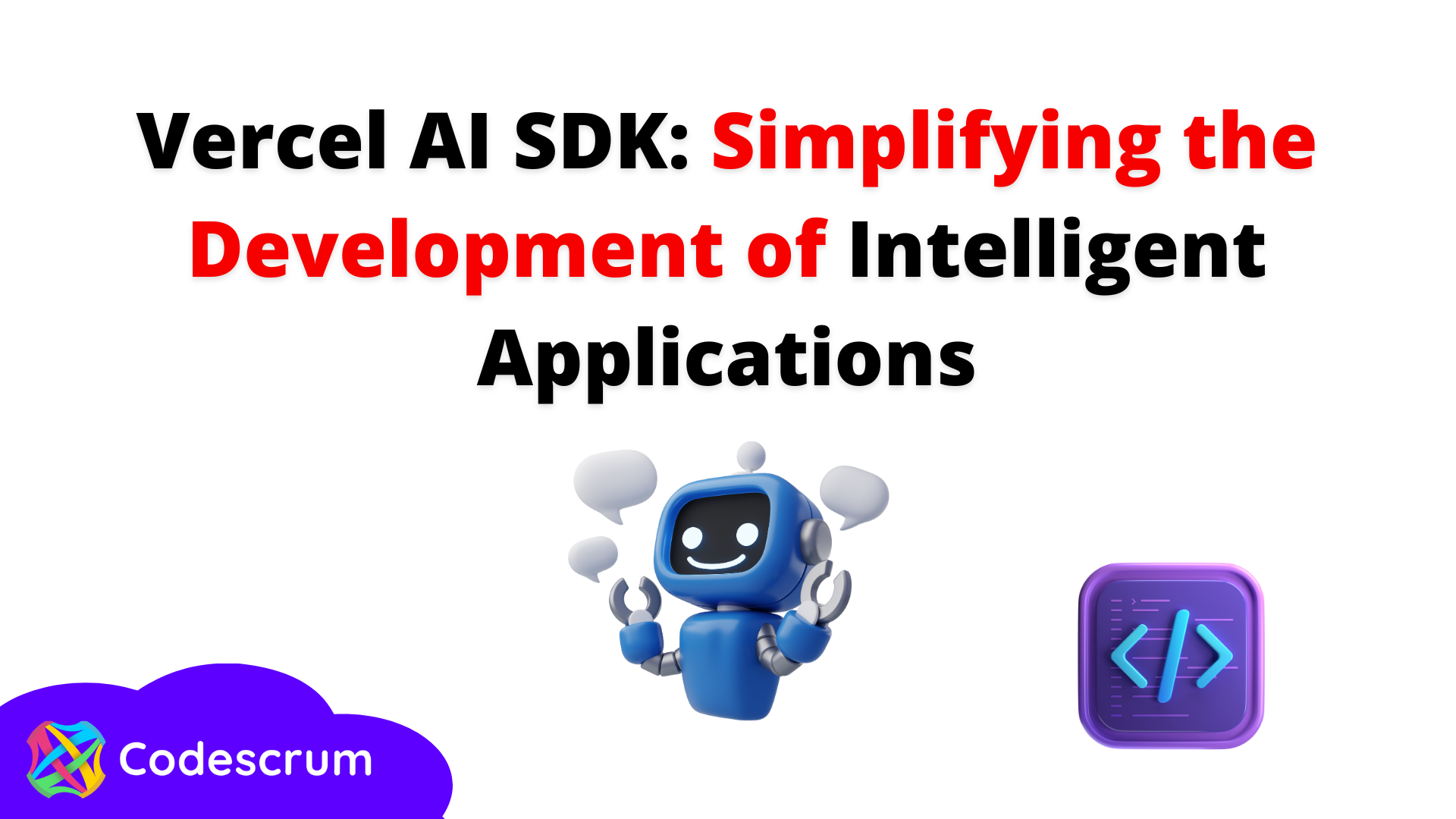
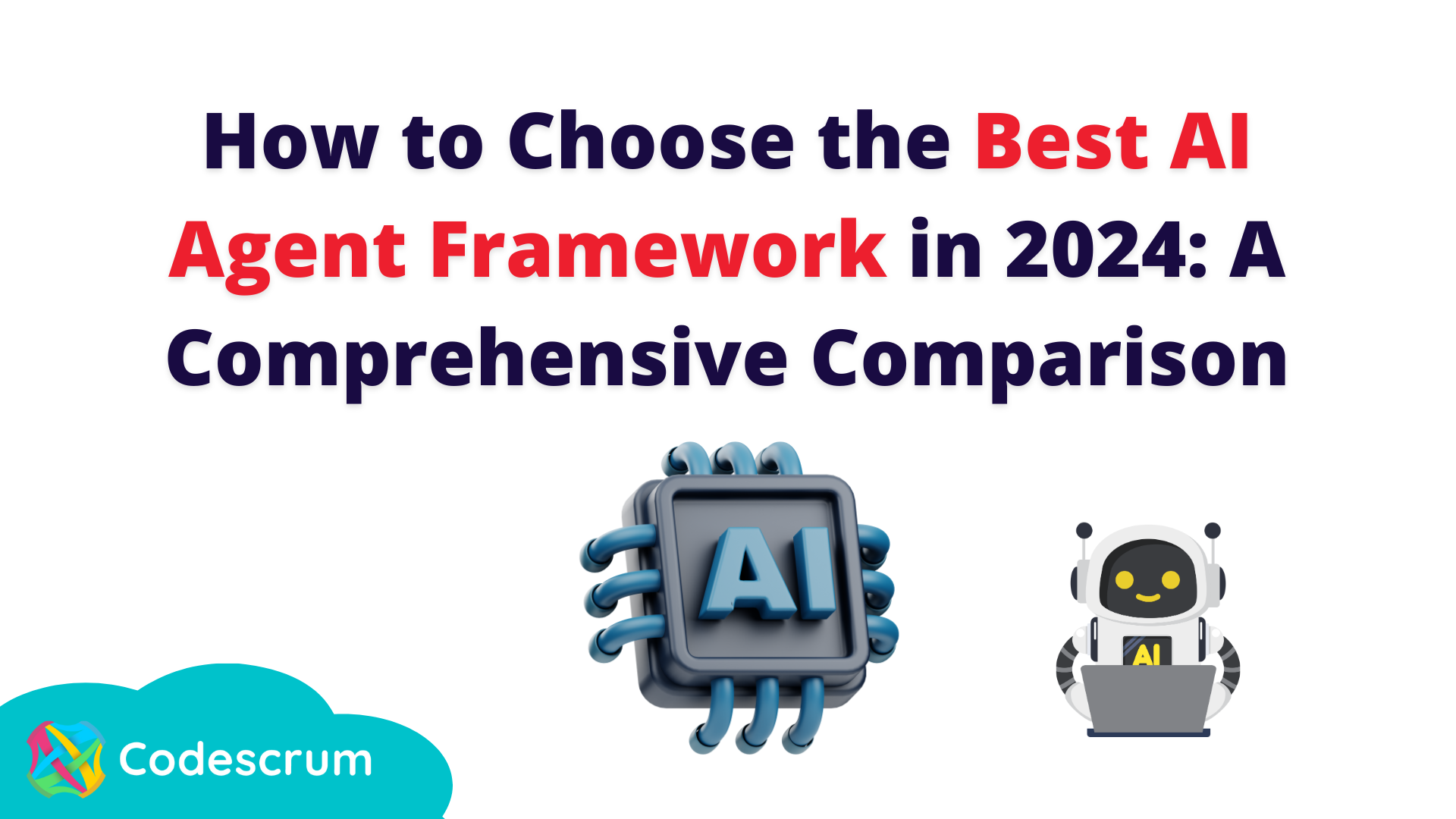
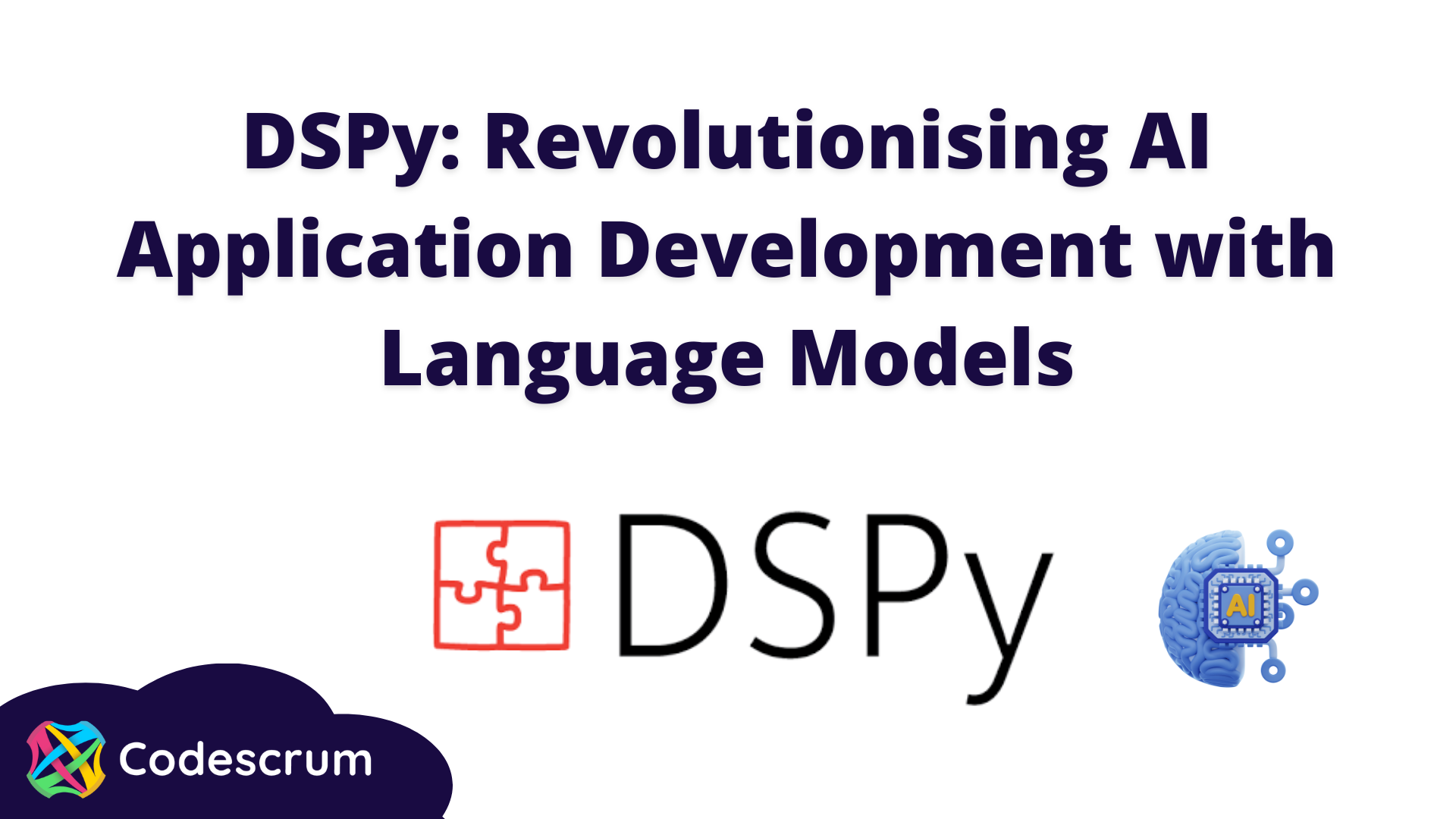
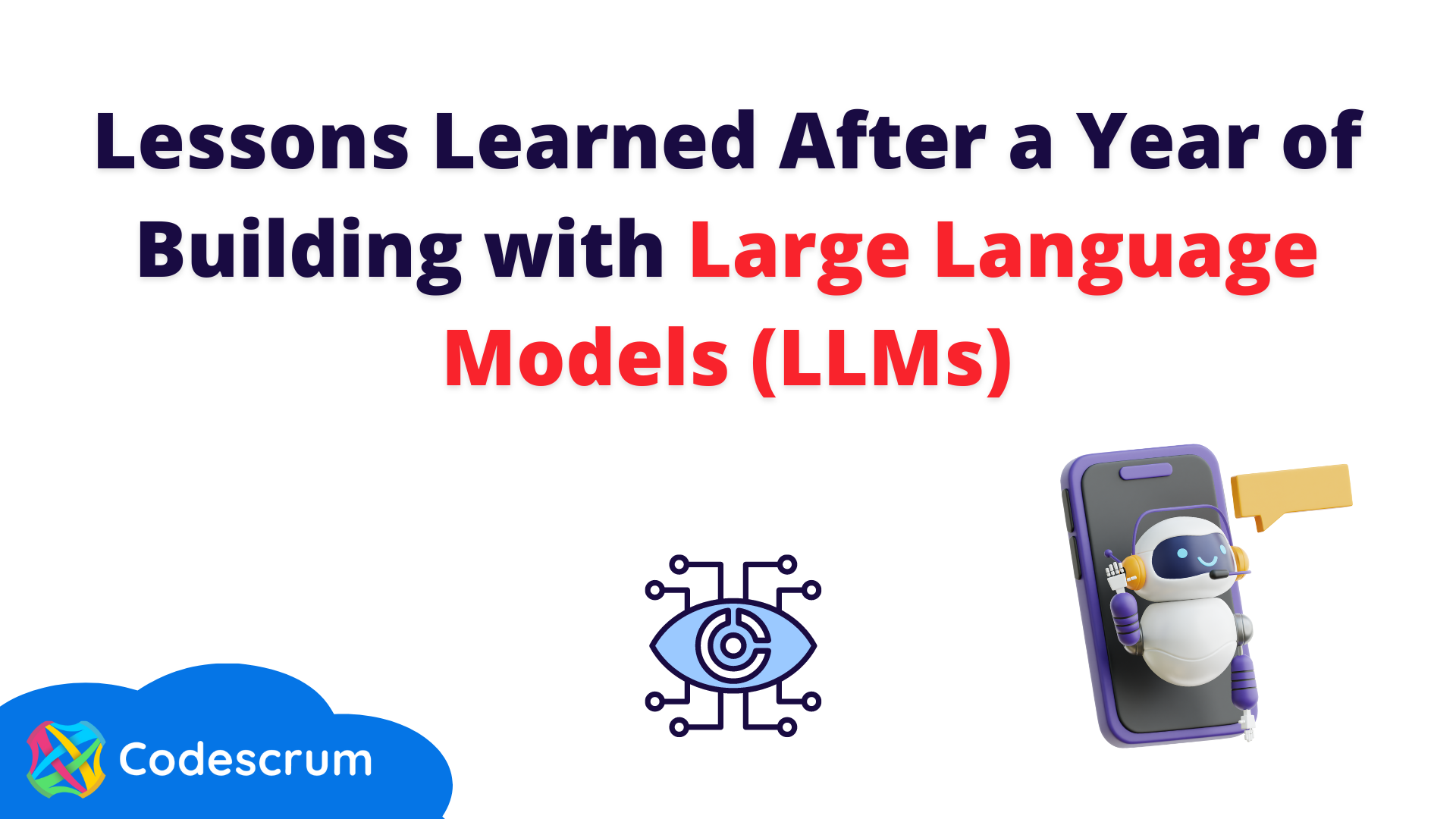
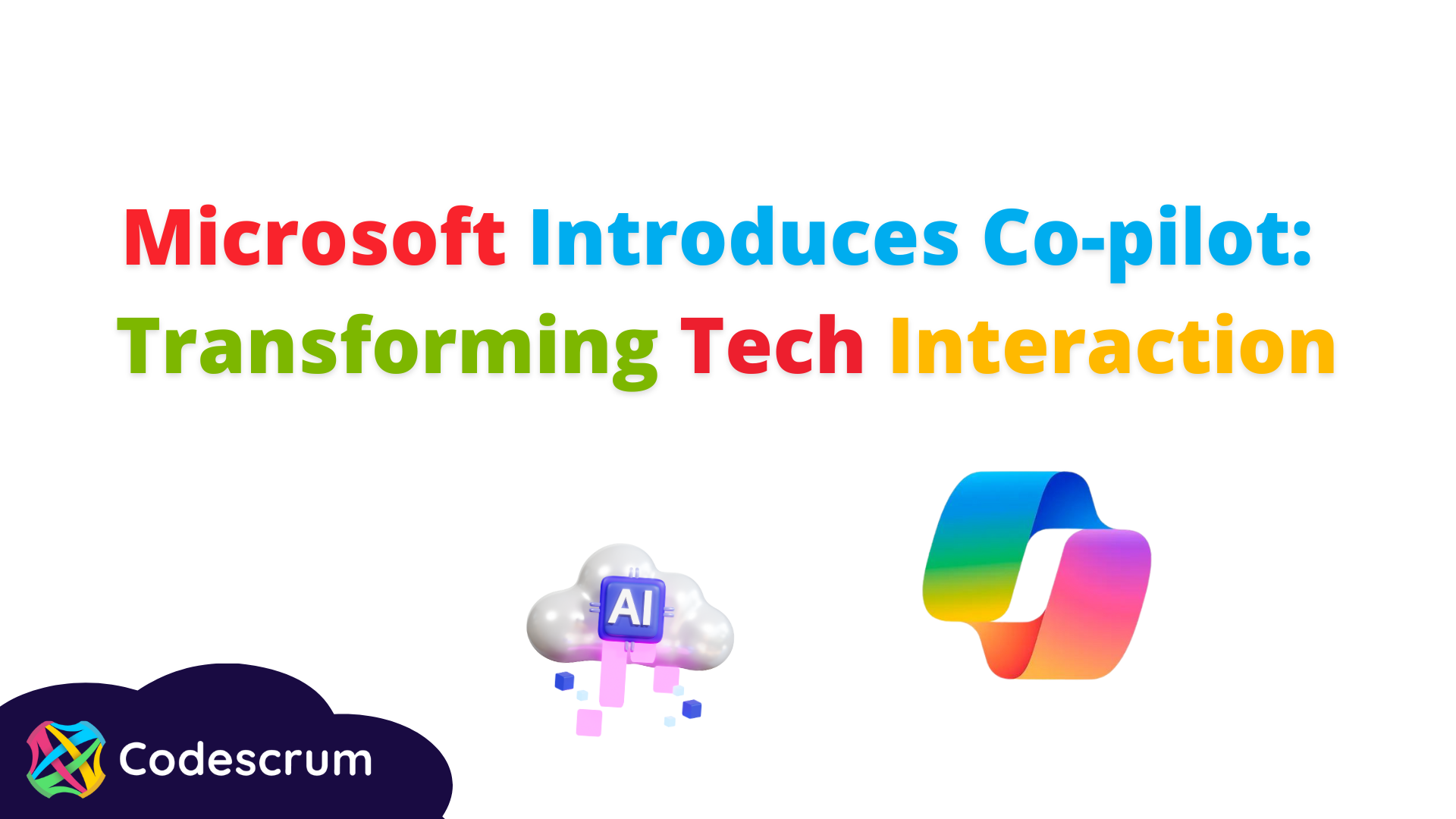
CODESCRUM

ABOUT US
EMPOWER YOUR BUSINESS THROUGH GREAT SOFTWARE SOLUTIONS
Codescrum is a team of talented people who enjoy building software that makes the unthinkable possible.
We want to work for a better world that we can help create by making software that delivers impact beyond expectations.
SERVICES
- WEB DEVELOPMENT
- MOBILE DEVELOPMENT
- AI CHAT BOT development
- consulting & advisory
CONTACT US
LONDON
ADDRESS
- KINGS PLACE, 90 YORK WAY. LONDON N1 9AG
CLOSEST TUBE STATIONS
- KING'S CROSS STATION
Ⓒ CODESCRUM LTD 2011 - PRESENT, ALL RIGHTS RESERVED


